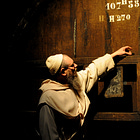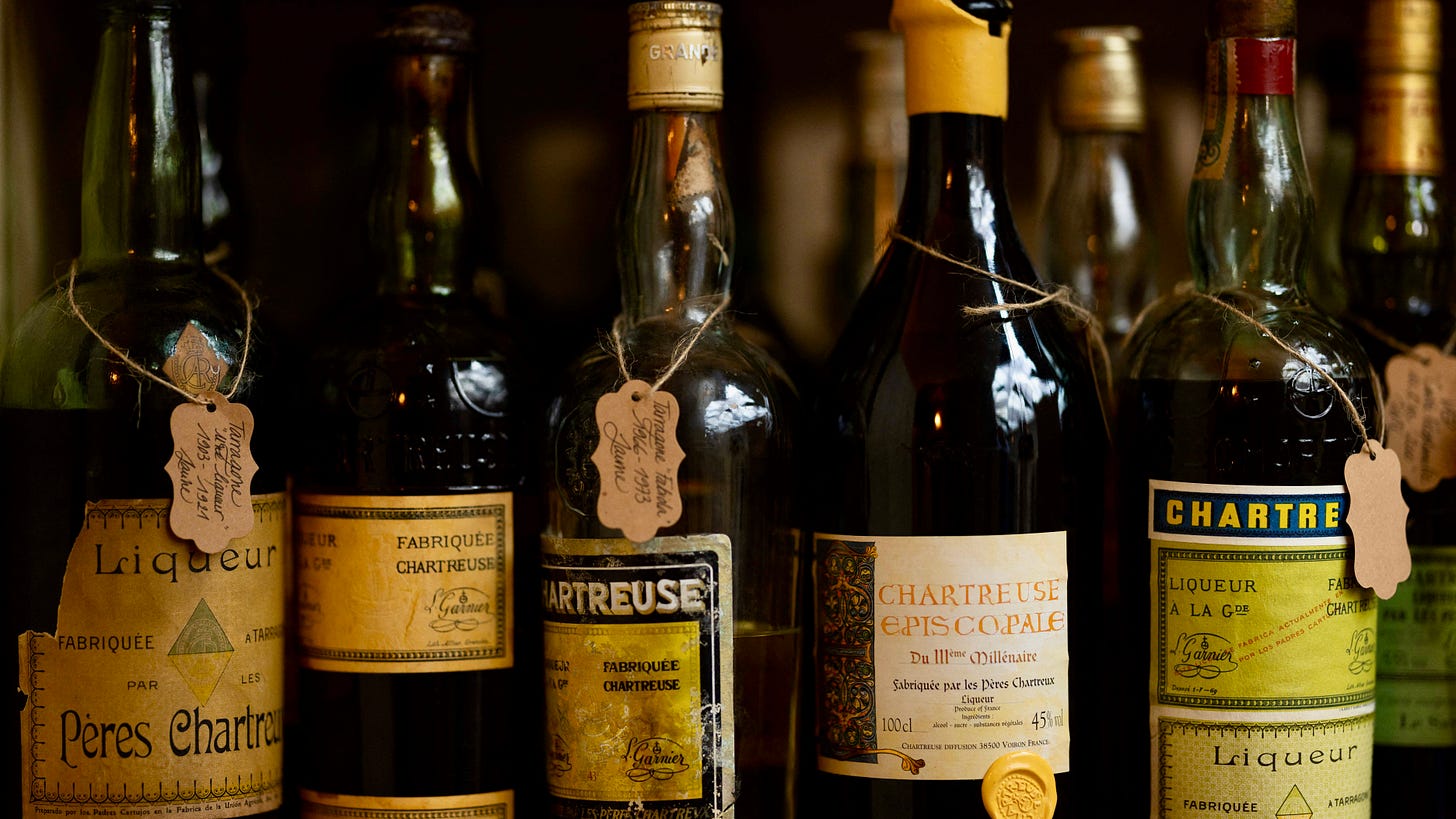Is It Time To Hoard Your Favorite Liqueurs?
Even though the tariffs are temporarily paused, it still might be a good idea. Our first 'tariff buster' looks at classic spirits.
So how does tariff whiplash feel?
The drama certainly continues to evolve. Yesterday, the European Union dropped plans to slap American bourbon with retaliatory tariffs. The drinks industry has been nervously waiting to see if the EU would levy a bourbon tariff—since Donald Trump threatened to hit back with a 200 percent retaliation tariff on European wine and spirits if they did. The EU, apparently, blinked.
Today (literally less than 2 hours ago) Trump announced that he’s paused his reciprocal tariffs on most countries for 90 days, implementing a universal tariff of only 10 percent (down from 20 percent). My hope is that this will give importers enough time to make some large orders from their European suppliers, get them on the water, through customs, and into the U.S. market before any more madness happens.
In the meantime, I’ve been thinking about what I’m personally going to be stockpiling personally. I’m no economist (I got a C+ in macroeconomics back in college) but priority one feels straightforward: stock up on name-brand, legacy spirits. I’m talking about stuff like Cointreau, Campari, Aperol, my favorite amari and vermouth—the staples of a home bar.
I’m not saying that a future tariff won’t hit European wines hard (it will). But for the consumer, you will likely have some options, and we can take a breath. For instance, if you love Sancerre, you could look for wines from another less-known region that makes sauvignon blanc—say, from appellations like Menetou-Salon or Touraine—which will likely be lower in price. If your favorite Burgundy pinot noir gets too expensive, you could try lesser-known grapes like Austrian blaufränkisch or Portuguese baga. For the moment, the hunt for value in wine will remain similar to what it’s always been.
But with the spirits, it’s a different story. We saw this a couple of years ago, during the infamous Chartreuse Crisis—when the Carthusian monks decided to limit production of their liqueur. When a popular spirit becomes scarce, people start panic buying.
The reason why is pretty simple: If you enjoy Charteuse, or cocktails that use Chartreuse, you don’t have a lot of alternative options. Likewise, if you love a Negroni or an Aperol Spritz, you’re not going to get far without Campari or Aperol. If you like Cointreau in your Margaritas—or your Sidecars, your Cosmopolitans, your White Ladys, your Mai Tais, your El Presidentes, et al.—you’re probably not going to switch to another brand of orange liqueur. (Though I might recommend that Combier would be a fine substitute).
I talked about this phenomenon of secondary and tertiary liqueurs in my dispatch from Bar Convent Brooklyn a couple of summers ago:
I’m not as worried about base spirits like British gin or Jamaican rum. The proposed tariff on those countries is smaller, and there are options. For instance, with gin, you have some good quality domestic alternatives, from distilleries such as Isolation Proof, St. George Spirits, or Bluecoat.
Several of my friends told me over the weekend they’d been low-key hoarding liqueurs. One friend, who loves Sidecars and Paper Plane cocktails, actually drove to a liquor store in tax-free Delaware and bought several 1.75-liter bottles of Cointreau, and multiples of Aperol and Amaro Nonino. A spirit like Amaro Nonino, already sitting at around $50, seems like the kind of product that’s vulnerable to the tariff. For a lot of spirits, I’m wondering what price increase is finally a step too far for consumers.
So, now that the tariffs are paused for 90 days, I'm not saying it's time to start panic buying Cointreau and Campari, but I'm also not not saying that. Who knows what the whims of our president will be tomorrow, let alone 90 days from now.
To that end, for my paid subscribers, what follows below is my list of home-bar staples you should (calmly) stockpile.




